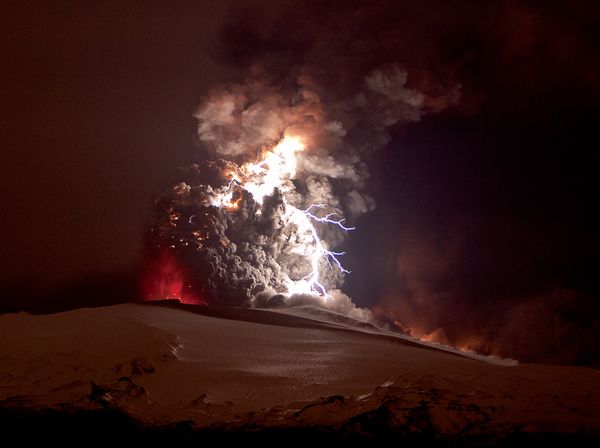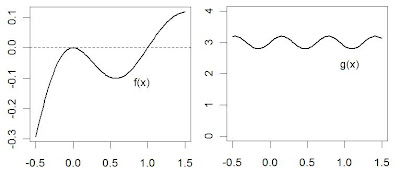Bloggers, biologists, naturalists, science writers... I need your help. Life is about to get very bad for the inhabitants of the Gulf Coast, with the first waves of raw crude oil projected to reach shore in the coming days, if it hasn't already. While this will certainly have an impact on local economies and an even bigger impact on those who make their living from those waters, there will be a great many other living organisms and even entire ecosystems that will be utterly devastated by the spill.
So why don't more people seem to care? While there is no single answer to that question , it is in part because pretty much every single person has absolutely no idea that most of the affected species even exist. It's hard to fault someone for not caring about something they don't even know exists, and I'd bet most people would care if they only knew... That, my friends, is where I need your help!
How you can help...
To help raise awareness of the environmental costs of the gulf coast oil spill, I'm asking others to take at least one of the follow actions to draw attention to particular species and ecosystems affected by the spill:- Share this post, and this request with others, and be creative about it -- encourage your local news paper's science writer to showcase the environmental costs of the spill, organize a public talk by local conservation groups, university or government researchers, and so on. Check back now and then and share some of the posts below with your family, friends and coworkers.
- If you have a blog, choose an organism -- plant, animal, or other -- and tell the rest of us about it. No blog? No problem... you can always write a guest-post for someone else's blog, or use other media outlets. You can make a video and post it on youtube, send some info you your local newscasters, do whatever you can think of! Share pictures, natural history facts, economic value, whatever you can come up with to convey to the public why anyone should give a rat's tail about the demise of your chosen subject. Once you've done that, if it's on the web, please send me the link and I'll include it below.
- Stash some cash if you can, and consider donating to the recovery efforts. I'll post more information below once I get the time to offer up suggestion.
Related Links...
Birds- Bad Place, Bad Timing for and Oil Spill | Round Robin (Cornell Lab of Ornithology)
- Gulf Coast Birds in Danger | Frank Gill, PhD. (CNN Opinion piece)
- West Indian Manatee | The Obligate Scientist
- Impacts on Wildlife of the Gulf of Mexico Oil Spill | Ninjameys (Natural History Blog)
- Watching and Waiting | Living Alongside Wildlife
- Oil Spill Wildlife Rescue: Why Some Animals Receive Priority Care | Discovery News
- Pictures: Gulf Oil Spill Hits Land -- And Wildlife | National Geographic
- Photos related to the 2010 gulf coast oil spill | www.Flickr.com
- Info on Methane Hydrates | The Obligate Scientist
- Gulf Oil Slick | Blog with great areal footage, environmental news
- NOAA's website on the Deep Water Horizon Spill, Gulf of Mexico | NOAA.gov
- USFWS wesbite on the oil spill response | FWS.gov
- EPA's website on the spill | EPA.gov
- Tracking the oil spill | CNN
- Cool Green Science | Nature Conservancy's Blogs
- Gulf Coast Wildlife Workers Prepare For Worst | NPR's All Things Considered





















